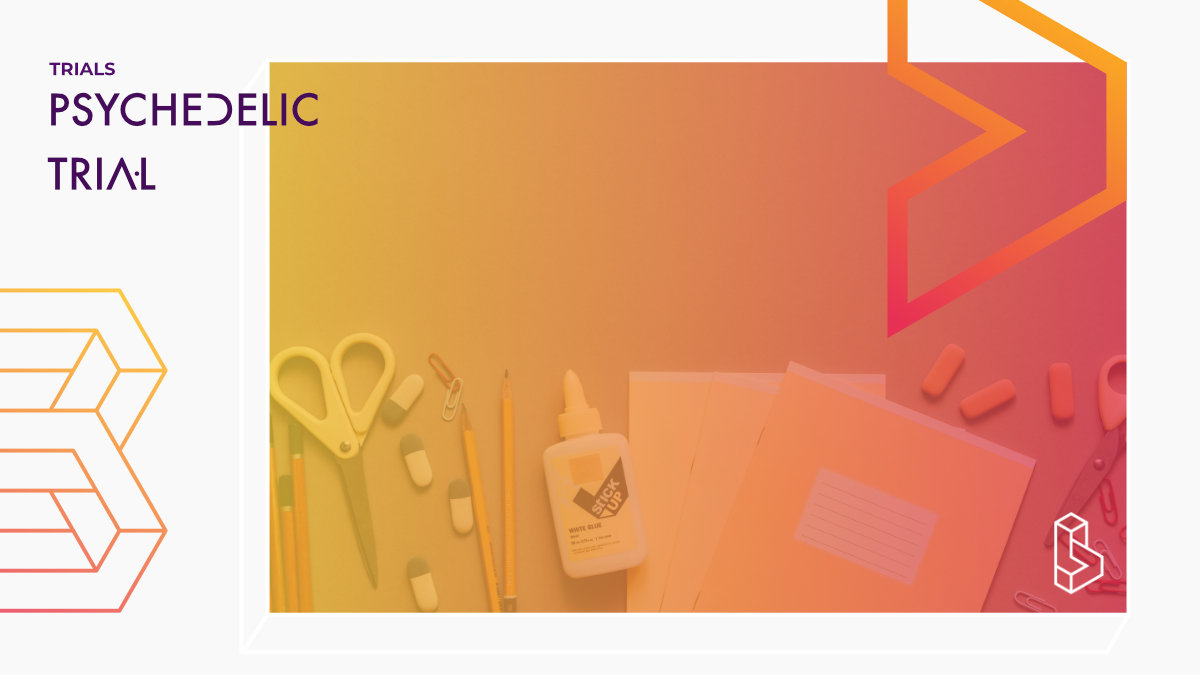This open-label trial (n=20) conducted in Denmark by CCH Pharmaceuticals, with the protocol code CCH01, aimed to assess the efficacy of ketamine intranasal spray in treating chronic Cluster Headache (CCH). The trial, part of an EEA CTA, was initiated on June 12, 2019, and completed on May 25, 2020.
The study enrolled adults aged 18 to 60 diagnosed with chronic cluster headaches according to ICHD-3 criteria. The primary objective was to evaluate the effectiveness of ketamine administered as an intranasal spray in sub-anesthetic doses in reducing pain. The trial employed an open design with no randomization or placebo control. Key exclusion criteria included conditions preventing participants from completing the experiment and a history of severe medical conditions.
The primary endpoint was a 50% or more reduction in pain on a ten-point NRS scale at 15 minutes from baseline. Secondary endpoints included various pain reduction measures, patient preferences, and the proportion of patients experiencing serious side effects. The trial concluded with an authorized Competent Authority Decision on August 16, 2019, and a favourable Ethics Committee Opinion on September 10, 2019.
Note to self, results: https://www.clinicaltrialsregister.eu/ctr-search/trial/2019-001260-29/DK
Trial Details
Trial Number
Papers
Intranasal ketamine for acute cluster headache attacks—Results from a proof-of-concept open-label trialThis open-label pilot study (n=20) investigated the safety and efficacy of intranasal ketamine for treating a single cluster headache (CH) attack. While the primary endpoint of a 50% reduction in pain intensity within 15 minutes was not met, at 30 minutes post-treatment, pain intensity was significantly reduced by 59% on an 11-point scale, with no serious adverse events reported.

